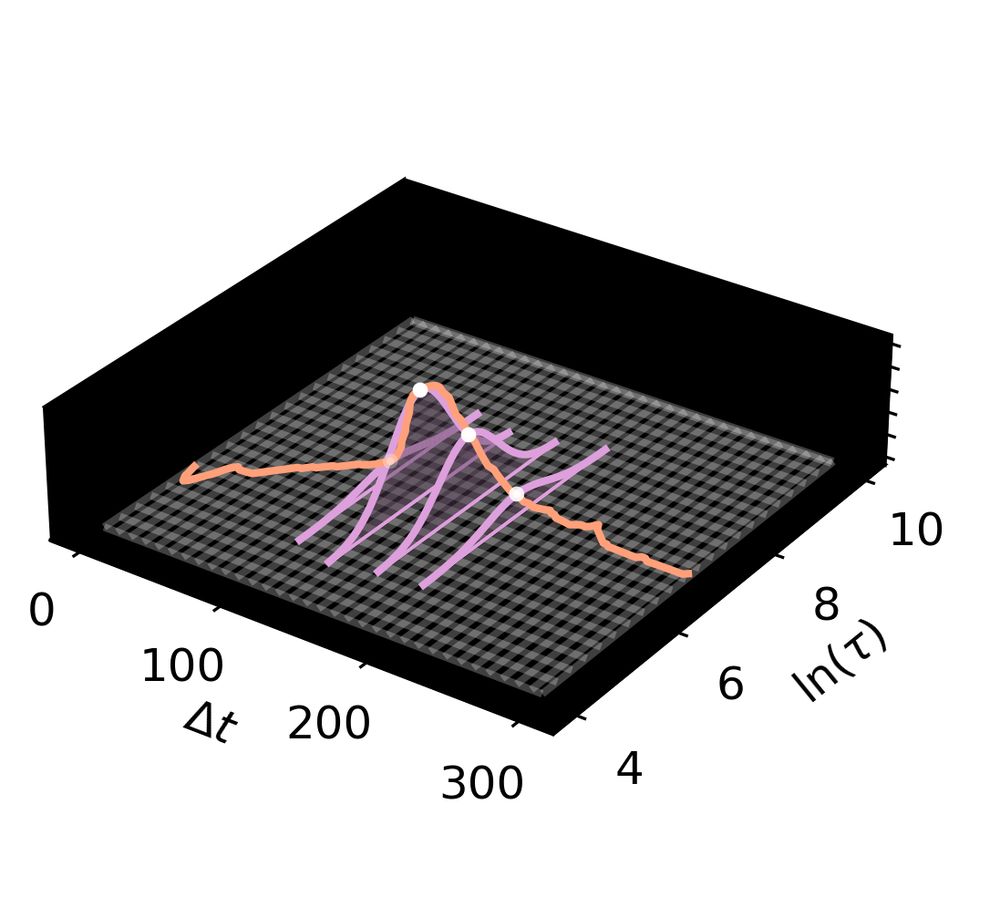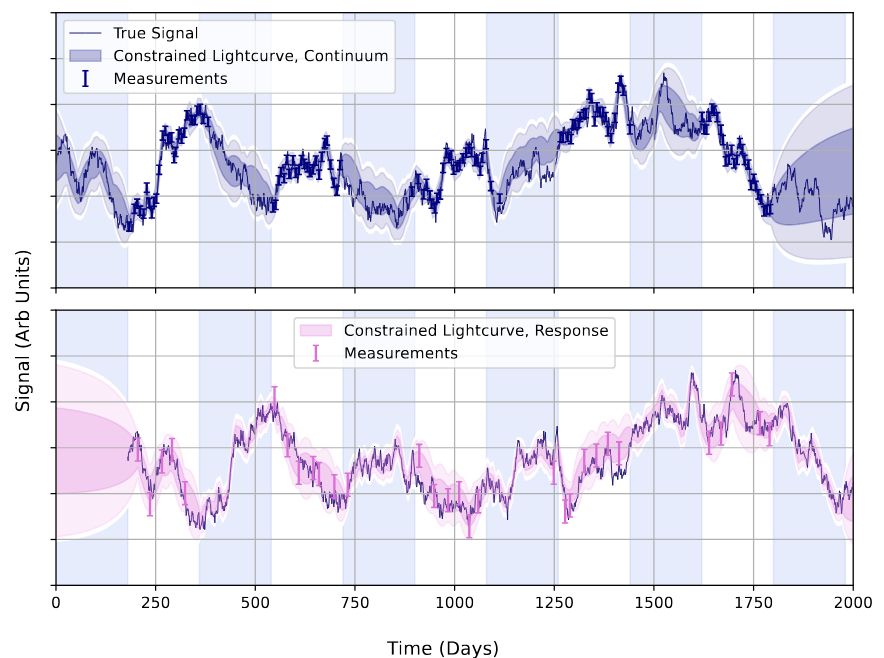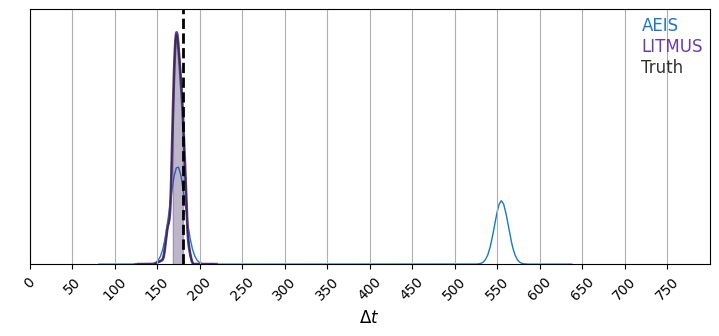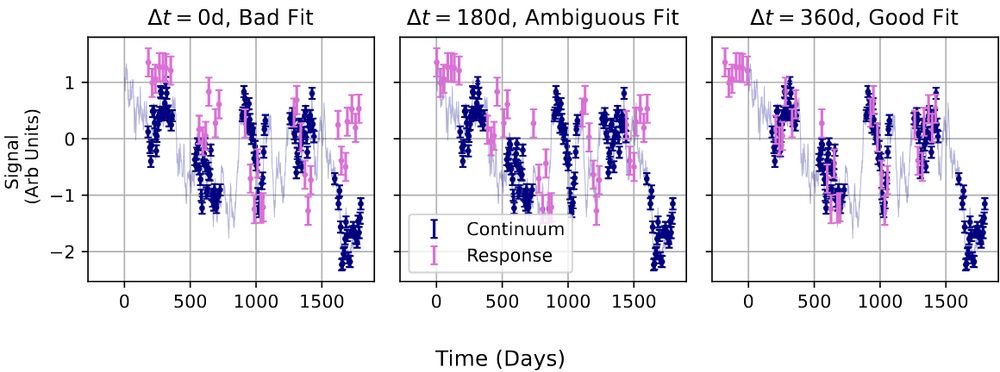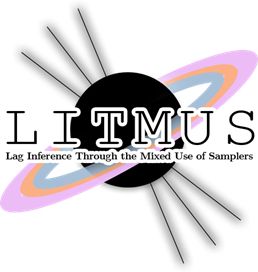
Website: https://hughmcdougall.github.io
ORCiD: 0009-0008-5846-1543
🔭
hughmcdougall.github.io/blog/03_stat...

hughmcdougall.github.io/blog/03_stat...
"I don't know why so many grad students have imposter syndrome. Where does the fear of failure come from?"
Meanwhile, in the arXiv submission form:
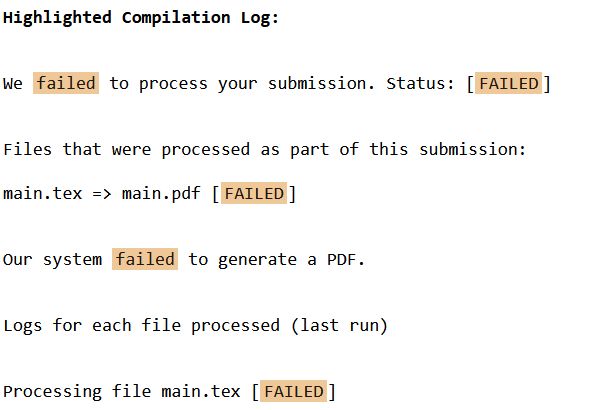
"I don't know why so many grad students have imposter syndrome. Where does the fear of failure come from?"
Meanwhile, in the arXiv submission form:
Here's a fun animation of a different recursion relation that bounds the output as we change the itteration gain, wrapped around a polar axis.
Here's a fun animation of a different recursion relation that bounds the output as we change the itteration gain, wrapped around a polar axis.
Answer: the Bayesian suspiciousness statistic! This blog (+examples) shows how you can consistently tell if two data sets are in tension with a full Bayes approach!
hughmcdougall.github.io/blog/03_stat...

Answer: the Bayesian suspiciousness statistic! This blog (+examples) shows how you can consistently tell if two data sets are in tension with a full Bayes approach!
hughmcdougall.github.io/blog/03_stat...

1. What NS is
2. Why we need it over MCMC
3. How to know if it's working
hughmcdougall.github.io/blog/03_stat...

1. What NS is
2. Why we need it over MCMC
3. How to know if it's working
hughmcdougall.github.io/blog/03_stat...
